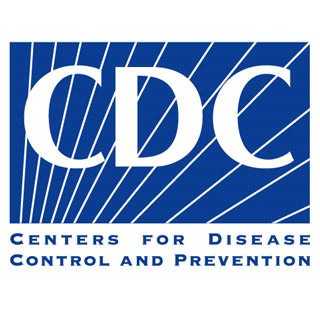
As a part of the analysis, data from 2010 National Youth Physical Activity and Nutrition study (NYPANS) was gathered. It included a school based survey that gauged physical activity and dietary behaviors among a sample of students in grades 9 to 12 who represented their nationality. The study revealed that water, milk and pure fruit juices formed the common drink during 7 days before the survey. However, 24.3 % of high school students drank a glass of regular soda or pop, 16.1 % consumed a serving of sports drink and 16.9 % drank a serving of another SSB at different times in the same day.
NYPANS measured the presence of actions and behavioral determinants associated with physical activity and nutrition. The survey was conducted in 50 states with a selected three stage cluster sample design for public and private school students in grades 9 to 12 in the District of Columbia. This accounted for a total of 11,429 students.
Respondents were made to fill a questionnaire which asked the number of times, students consumed different beverages during the 7 days before the survey. The list of beverages included pure fruit juices, regular soda or pop, diet soda or pop, regular sports drinks, energy drinks; other SSBs, coffee, coffee drinks, or any kind of tea, and plain water including milk. Respondents were further divided into those who drank less and those who drank more glasses every day. The final percentage of students for any set of SSBs during the 7 day period was measured with the help of responses to questions on regular soda or pop, and regular sports drinks. It also included other SSBs that showed consumption of less than once a day, which were divided by seven to determine daily intake. The responses were then summed up.
Non-Hispanic black, non-Hispanic white and Hispanic students of any race were included in the racial and ethnic data. The other groups were not included as the number of students in other groups were very less. Data was examined to release national estimates. Prevalence estimates and 95% confidence intervals (CIs) and t tests for subgroup differences of p<0.01 were calculated though statistical software methods. The report said that adolescents most commonly consumed water, milk, or 100% fruit juice during the 7 days before the survey. Daily consumption of regular soda or pop, sports drinks, and other SSBs also seemed to be common in this population, specifically among male and black students. It was noted that during the 7 days before the survey, water consumption did not alter by sex and male students seemed to drink milk and 100% fruit juices daily than the female counterparts. White students drank both water and milk daily more than black and Hispanic students. The latter apparently drank more milk than black students. White students seemed to be consuming less of pure fruit juices than black and Hispanic students. In the aforesaid period, it was found that male students were more likely to drink soda or pop and sports drinks than female students. Other SSBs did not have any particular preferences of either group. Black students seemed to consume all three types of drinks daily as compared to white and Hispanic students. Diet soda, pop and coffee drinks consumption could not be divided as per sex, but male students seemed to consume more energy drinks then females. Black and Hispanic students seemed more prone to energy drinks than their white counterparts. Adolescents may want to note that water, low fat or fat-free milk and limited amounts of 100% fruit juice are on the healthier side than regular soda, pop or energy drinks. These along with other SSBs can add to obesity in teens and even cause diabetes. Families, schools, and youth-oriented institutions should restrict the availability of SSBs while making healthier and low calorie beverages more accessible.
